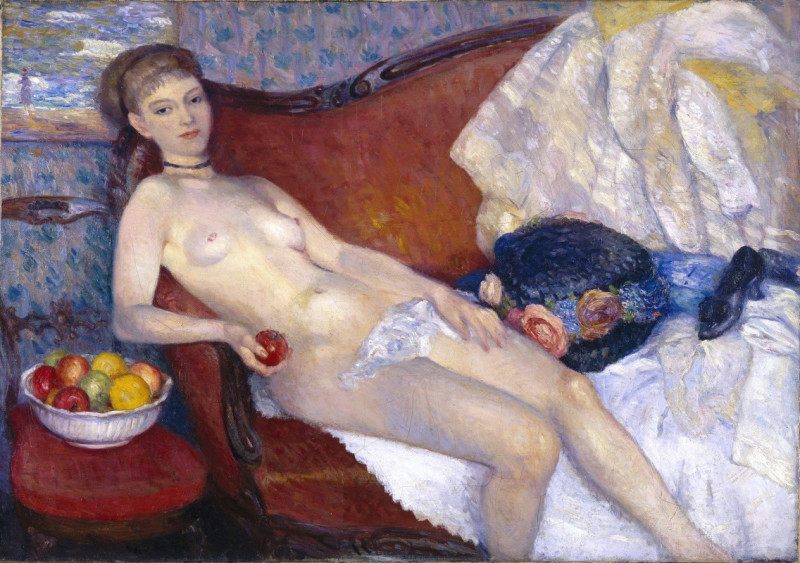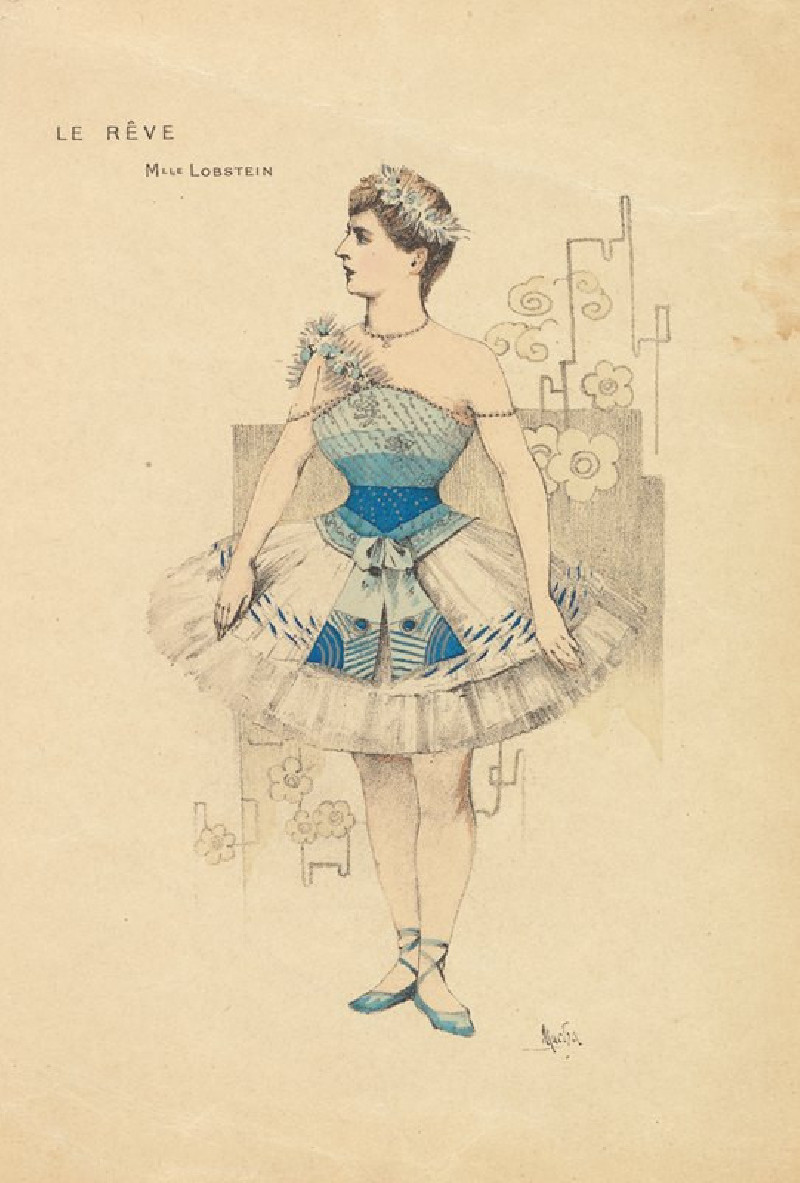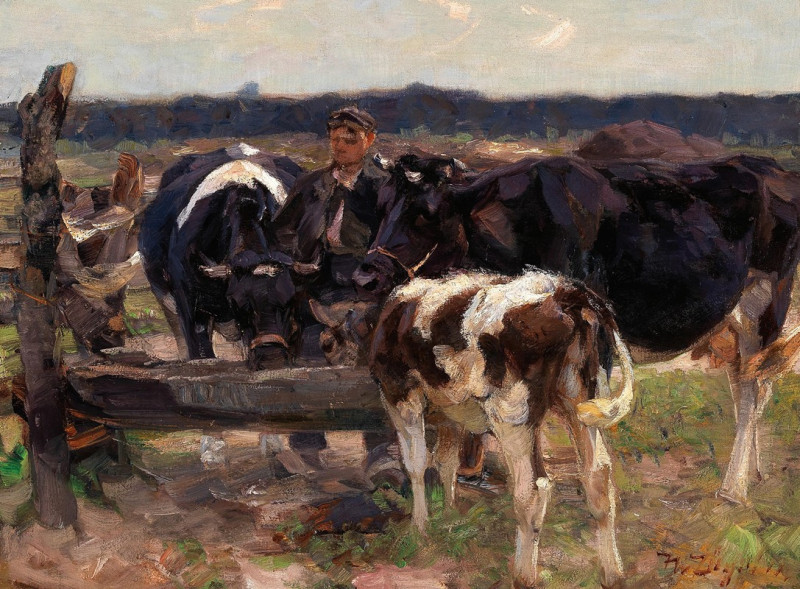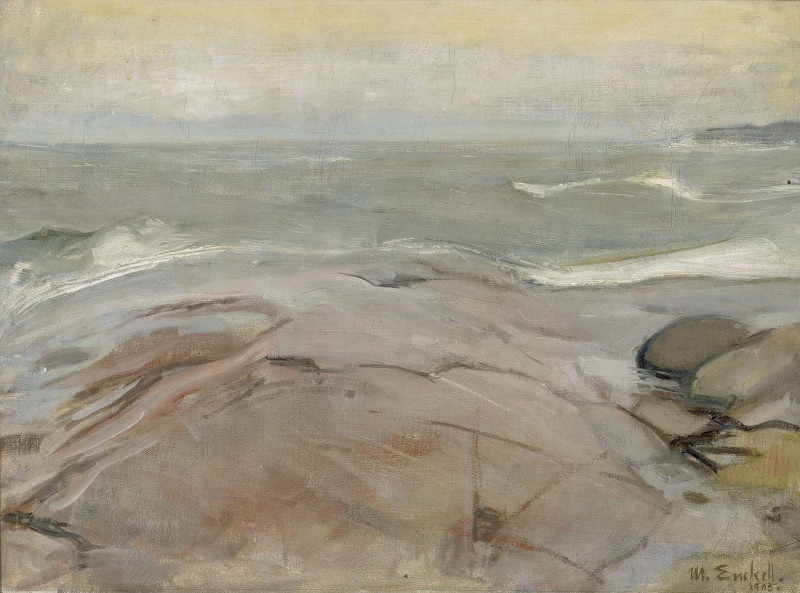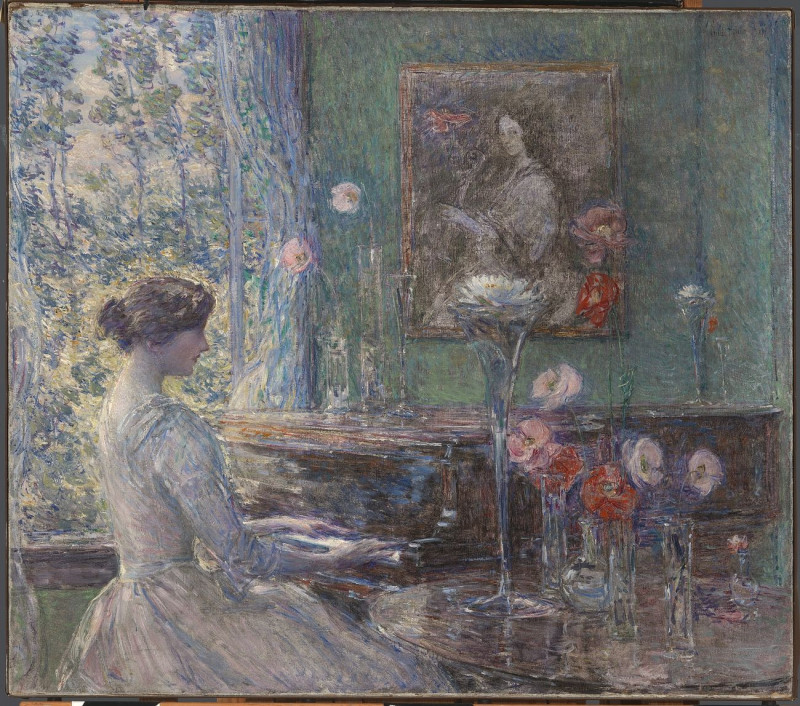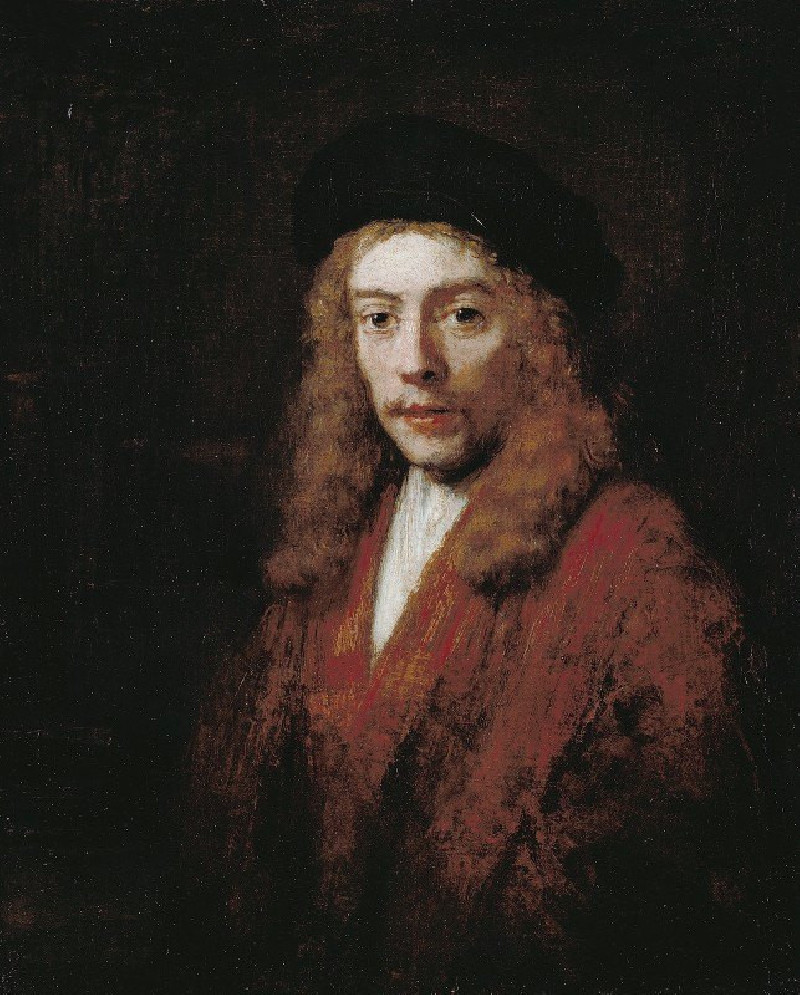That coveted cup (1895)
Technique: Giclée quality print
Recommended by our customers
More about this artwork
Explore a playful and insightful piece from the portfolio of American artist Samuel Ehrhart, showcasing his characteristic flare for political and social satire. "That Coveted Cup" takes a whimsical dive into the competitive fervor surrounding yacht races at the close of the 19th century, a period when yachting as a sport burgeoned amongst the affluent classes.In this vibrant illustration, Ehrhart captures a moment of triumph and revelry. The central focus is a grand, shining trophy adorned with laurels -- a symbol of victory in regatta competitions. To the left, a pleased sailor, clad in a traditional, striped nautical outfit and a sailor's cap, lounges confidently in a folding chair. His relaxed demeanor and crossed legs suggest a victorious ease, as he smokes a pipe, reflecting the satisfaction of a well-earned win.Beside this triumphant figure, another sailor exhibits a contrasting emotion of ecstatic jubilation. Dressed in a blue jacket and wide-brimmed straw hat, this figure's animated gestures, clapping hands, and spirited expression convey the intense excitement such sporting events evoke.Background details subtly include masts of ships on the water, hinting at the yachting context, while a telescope and a discarded director's megaphone on the ground offer additional hints of either the nautical exploration or perhaps the orchestration and viewing of the race.Through "That Coveted Cup," Ehrhart not only critiques the social practices of his time but also encapsulates the spirit and enthusiasm that yacht racing brought to the leisure activities of America's elite. This piece is a humorous yet telling examination of recreational sports during the Gilded Age, rendered in the artist’s distinctly lively and colorful style.
Delivery
Returns
American cartoonist and illustrator born in Pottsville, Pennsylvania, Ehrhart received his education in the New York City school system. Subsequently, he studied art in Munich. His work appeared in Harper's Monthly (1878-79), Puck (1880, and 1888-1913), and Judge (1887). He died in Brooklyn, New York on October 26, 1937.

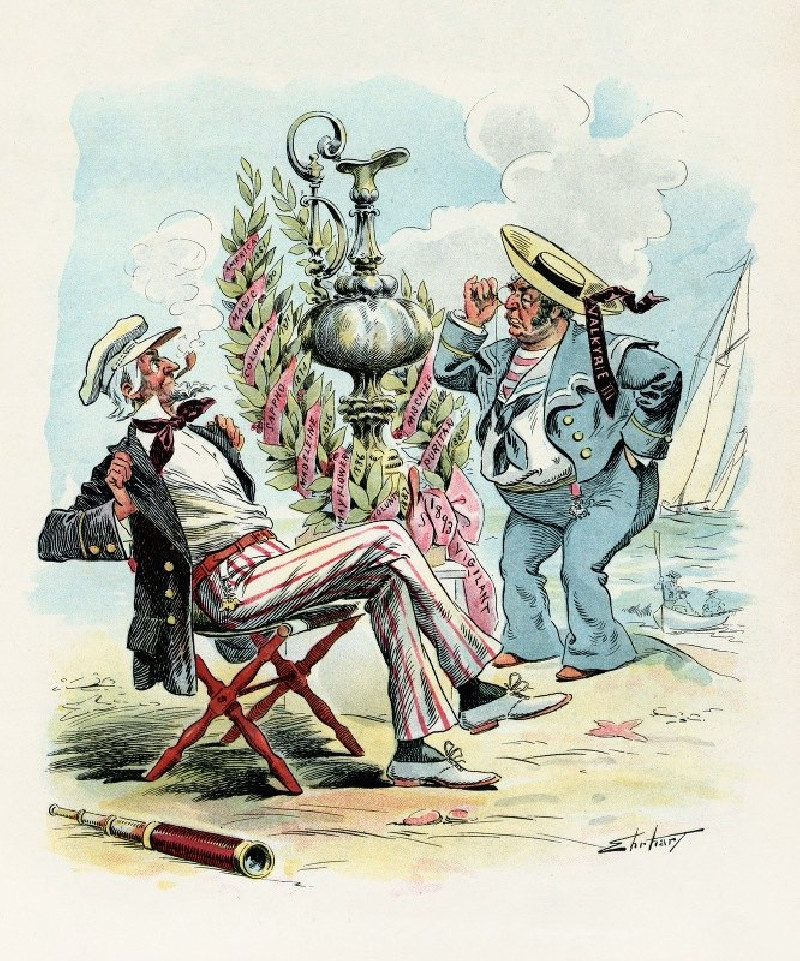


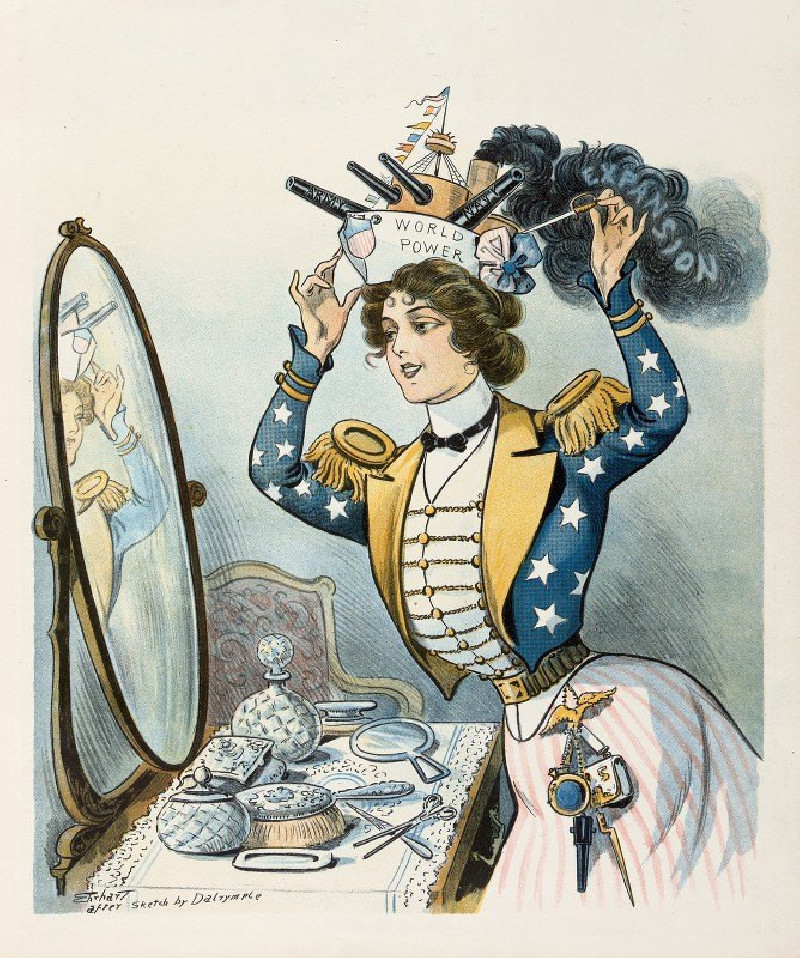
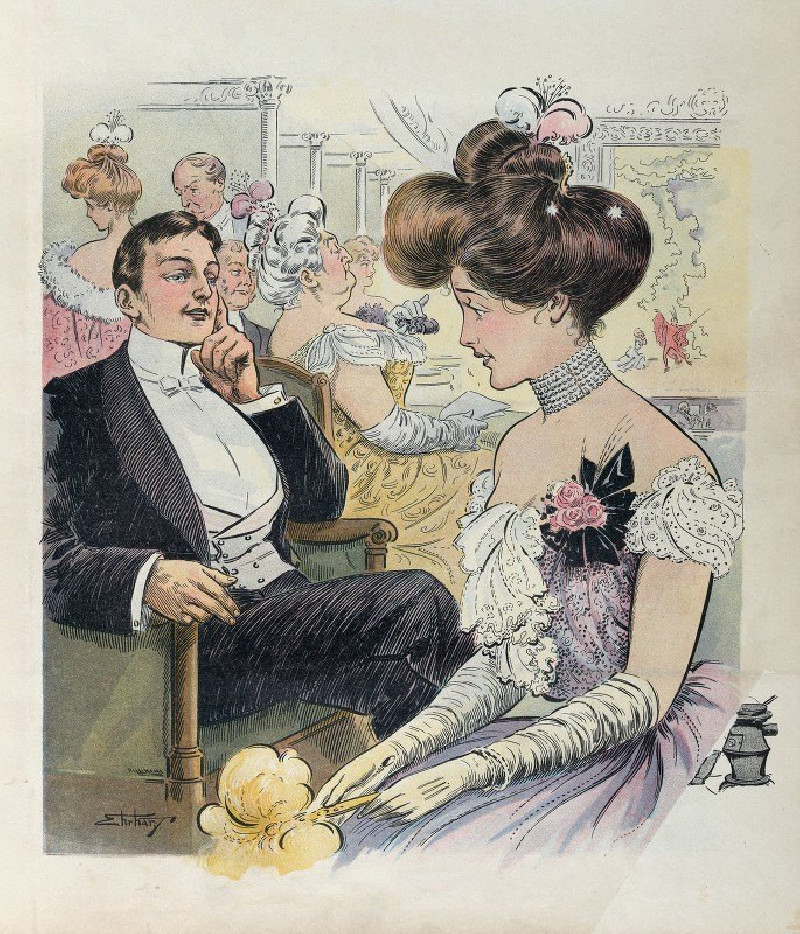
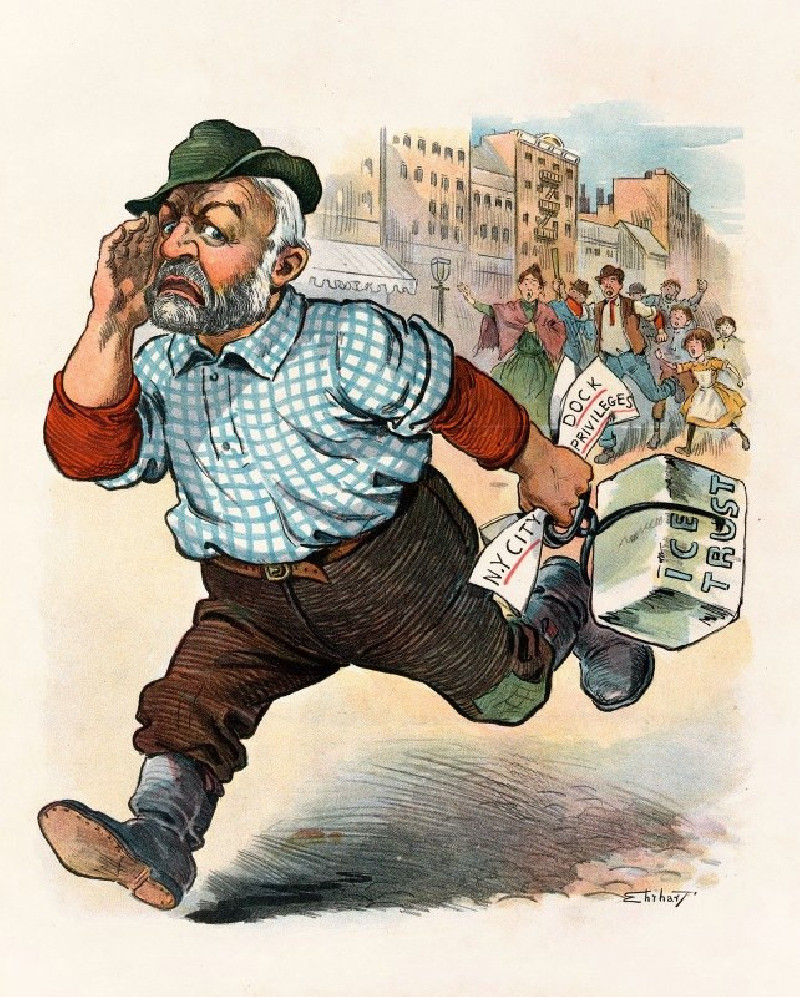
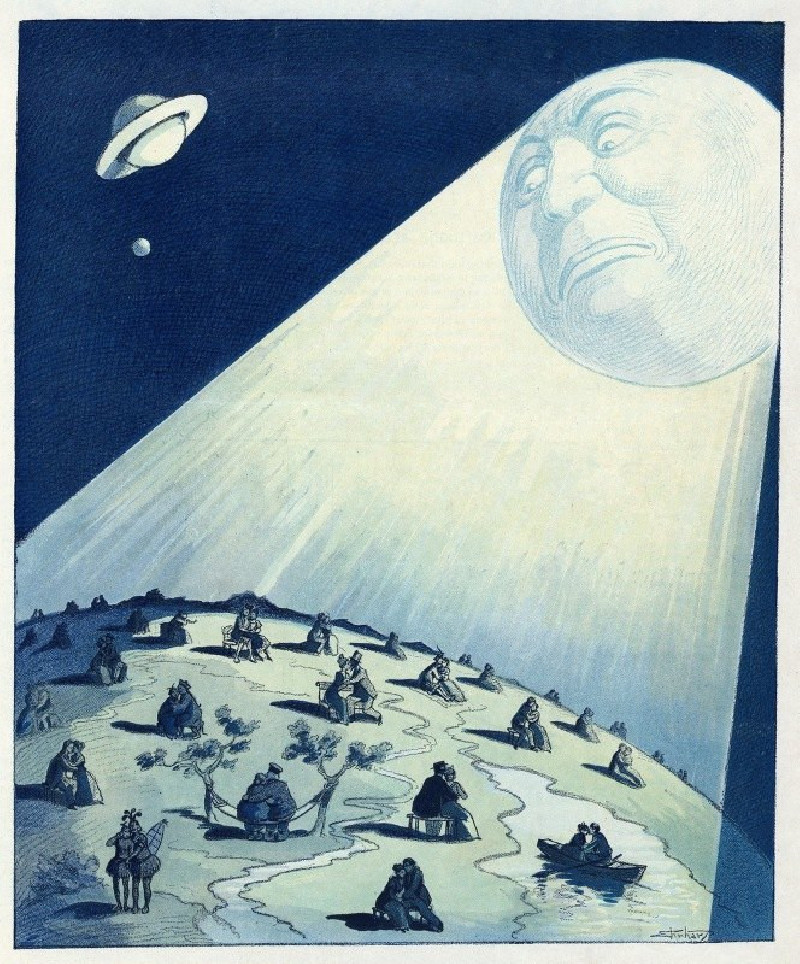
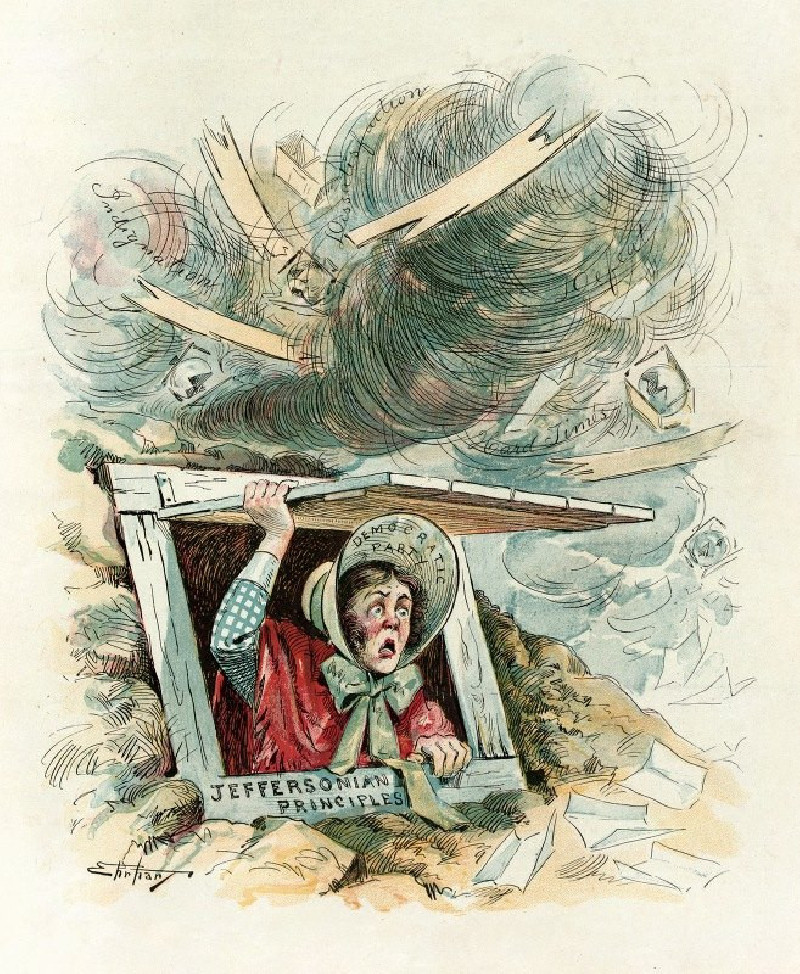
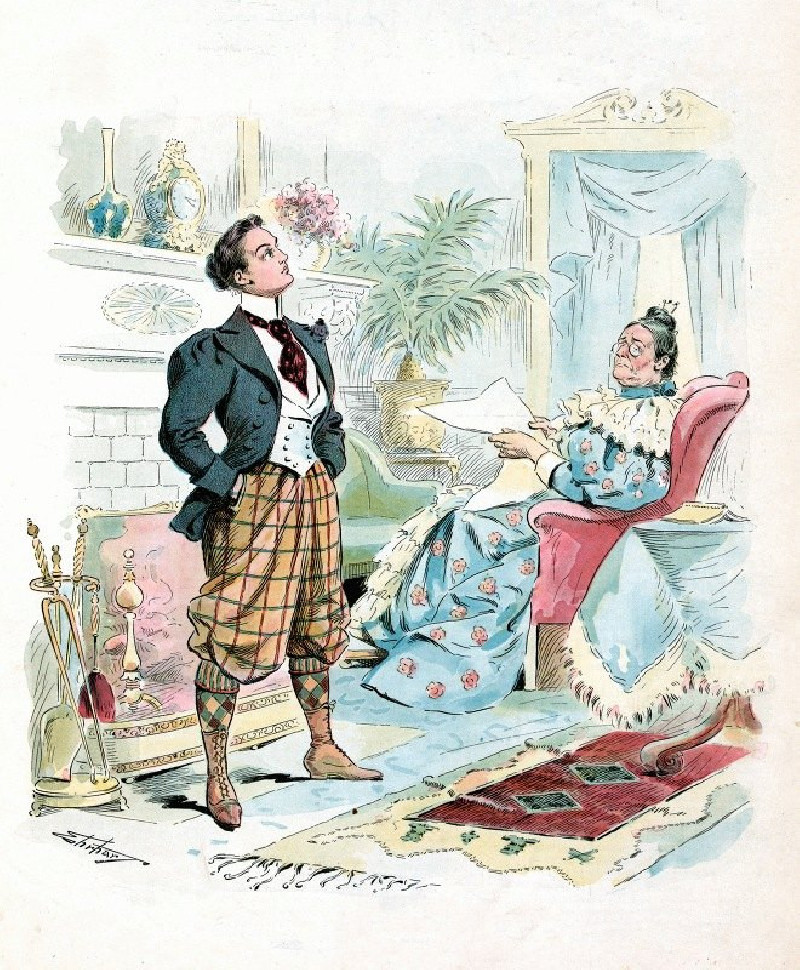
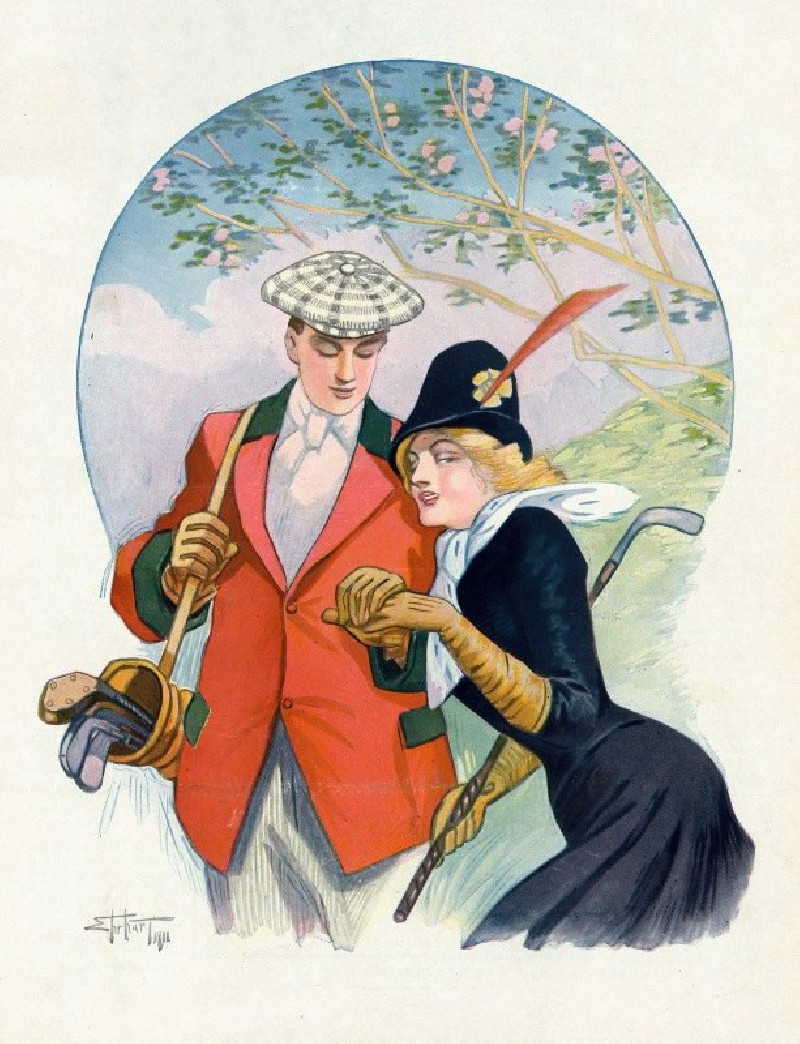
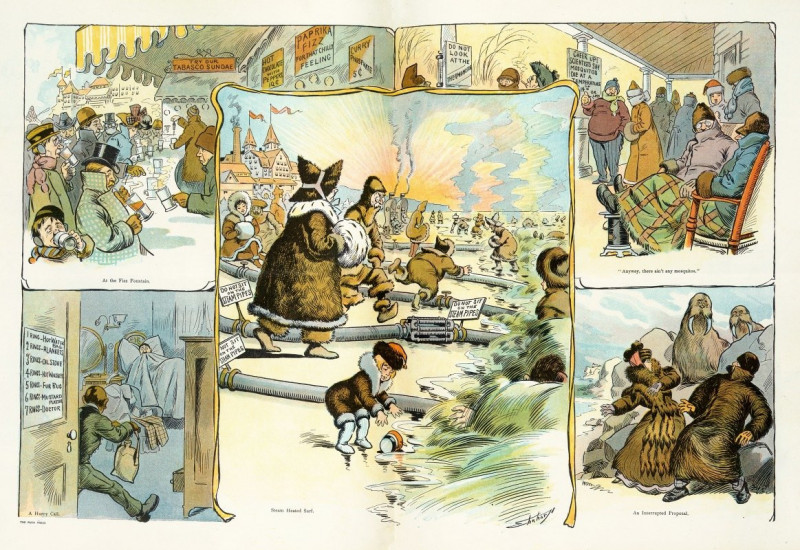
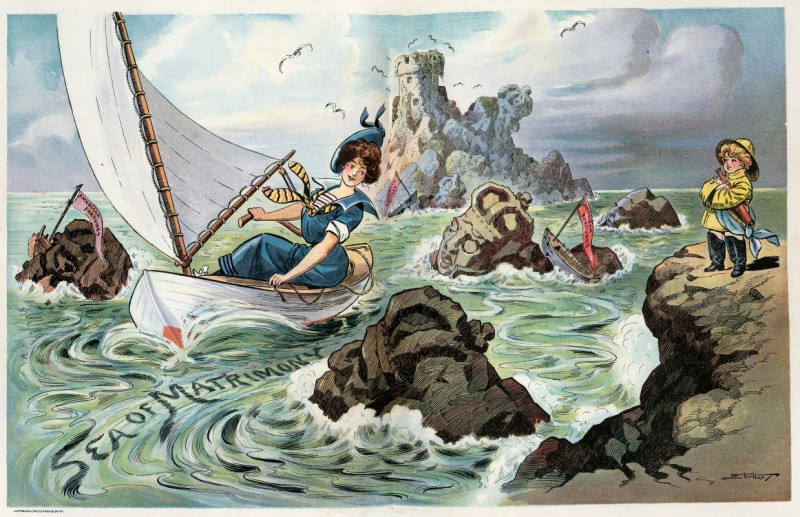
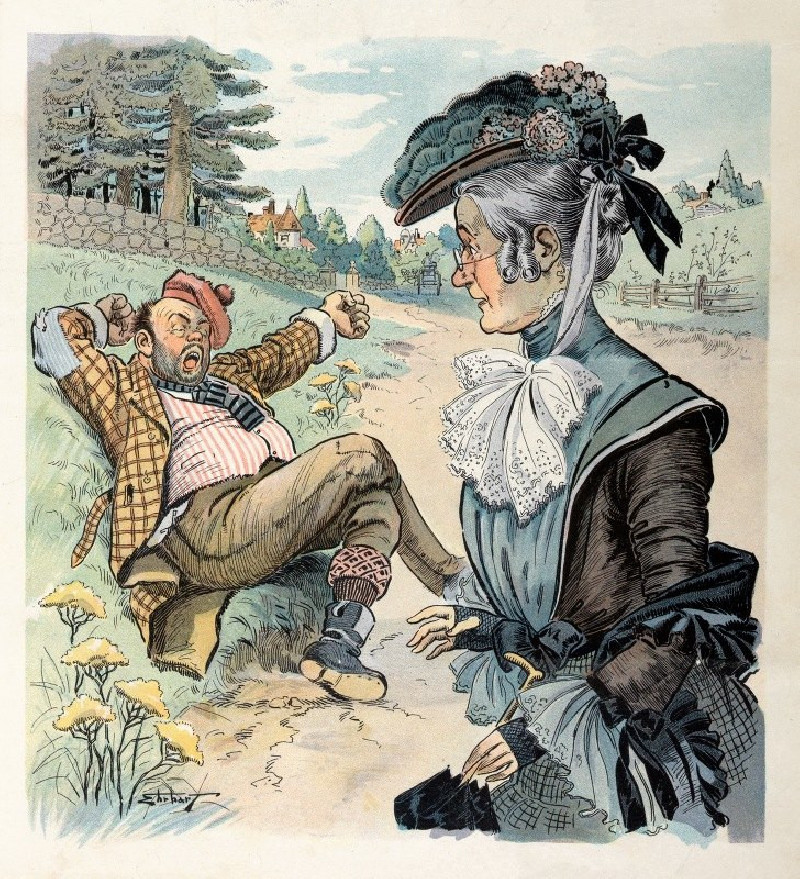
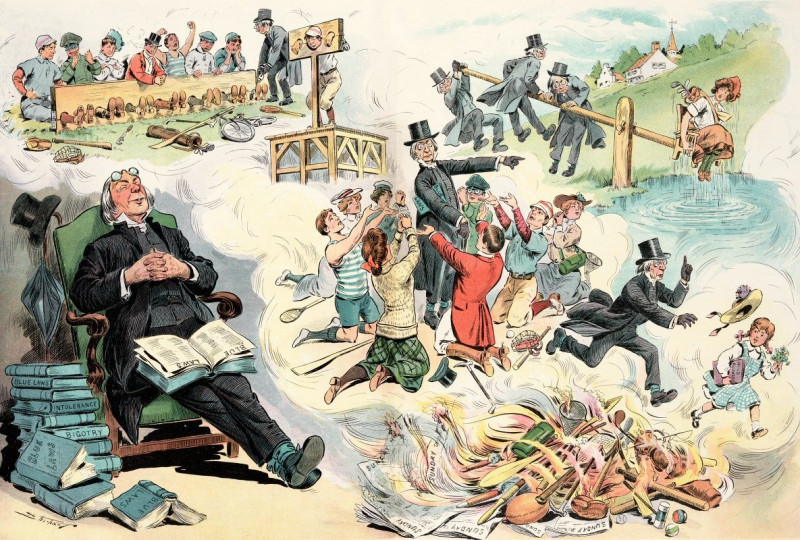
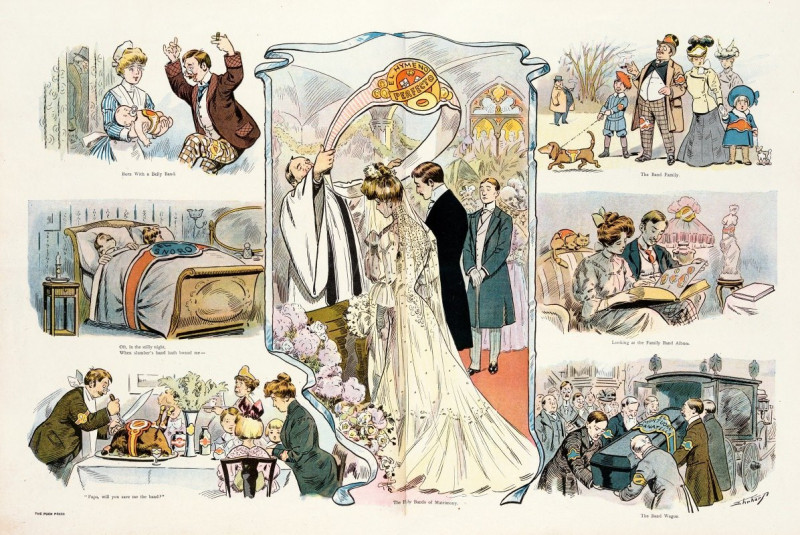
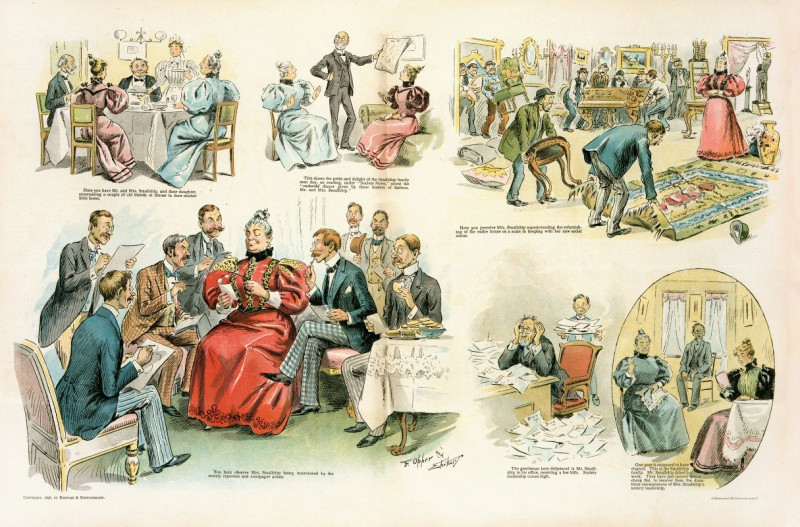
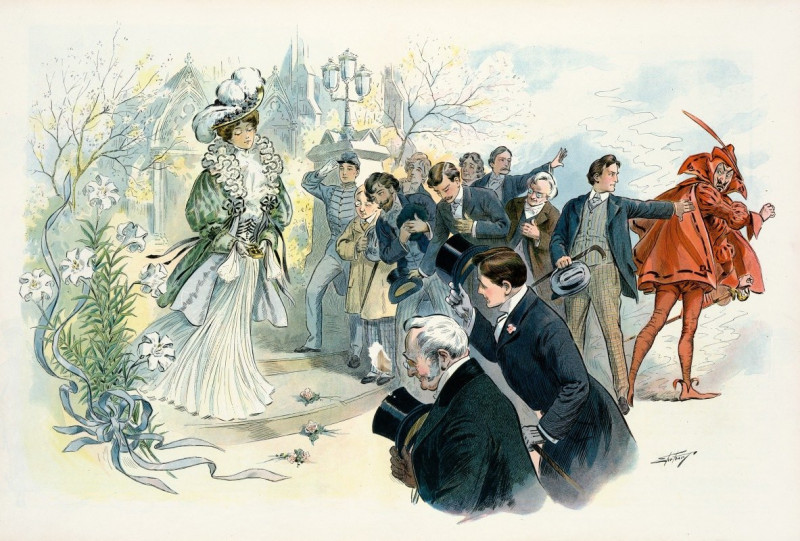
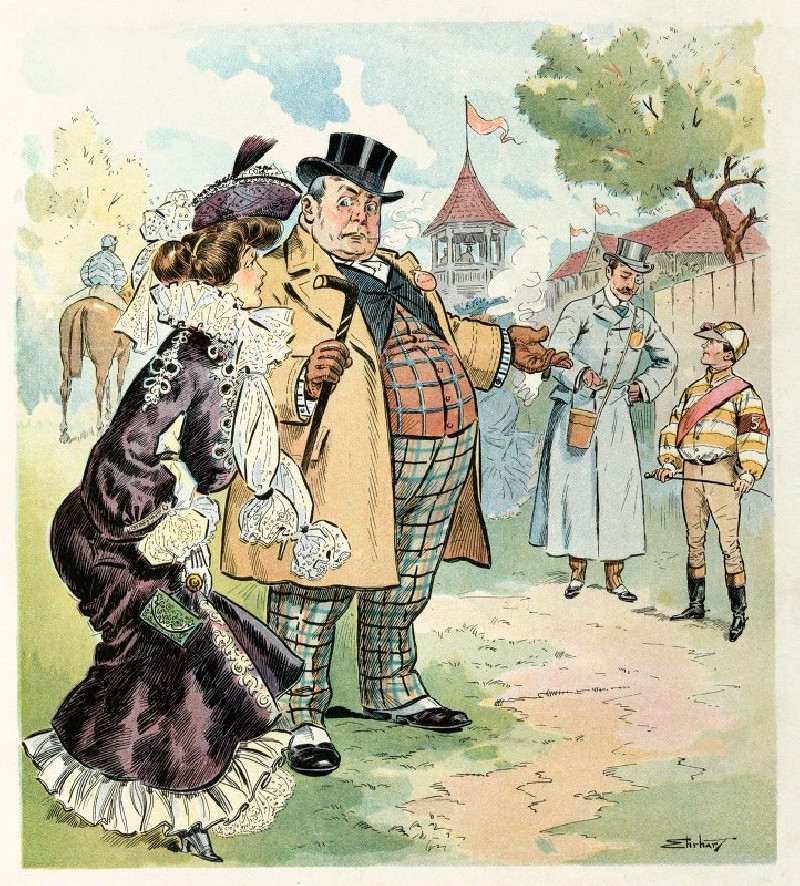
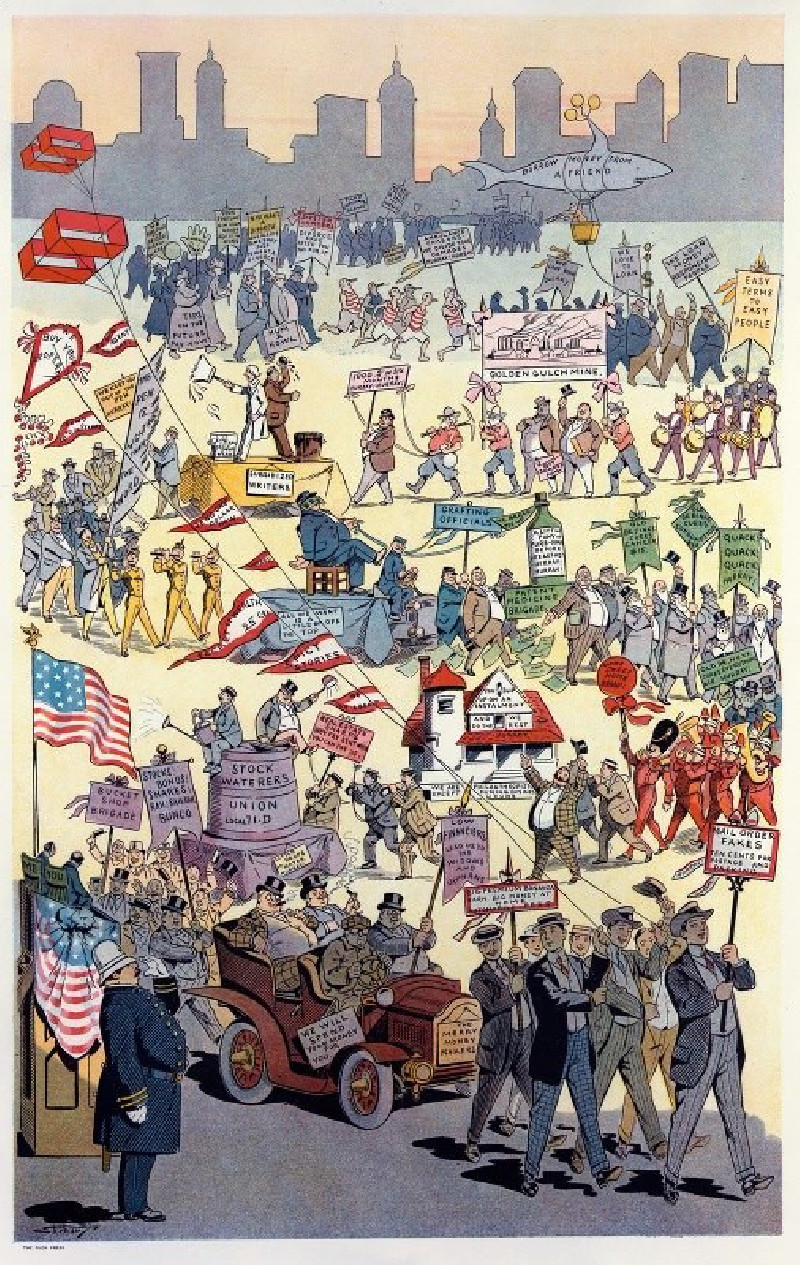

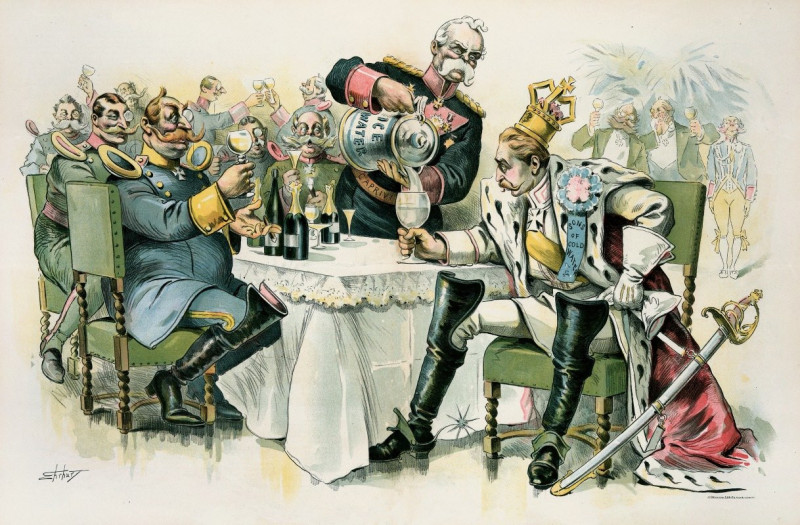
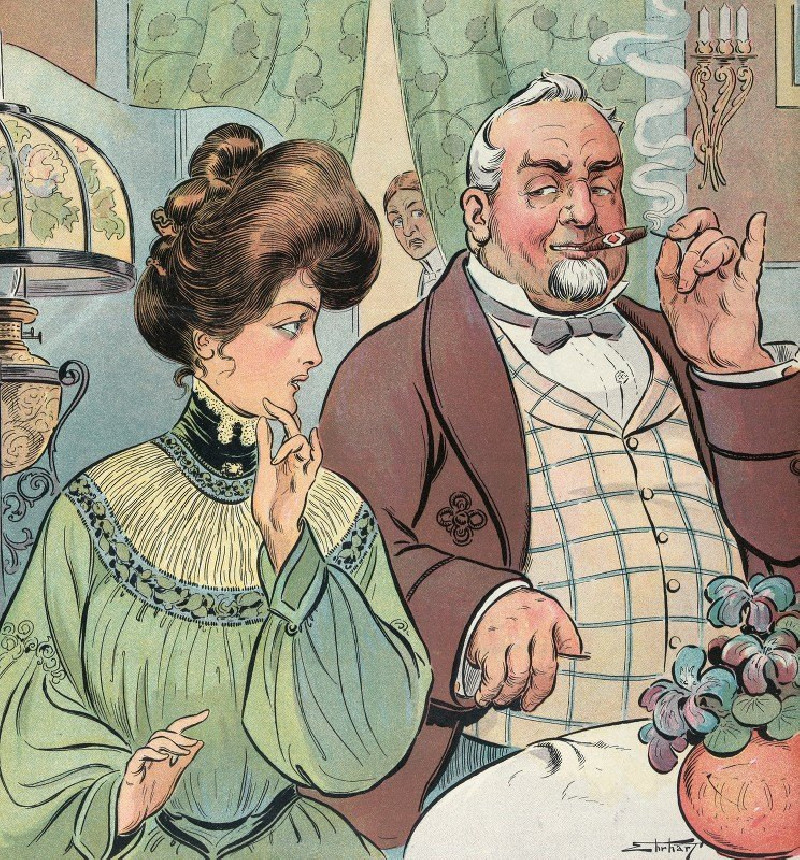
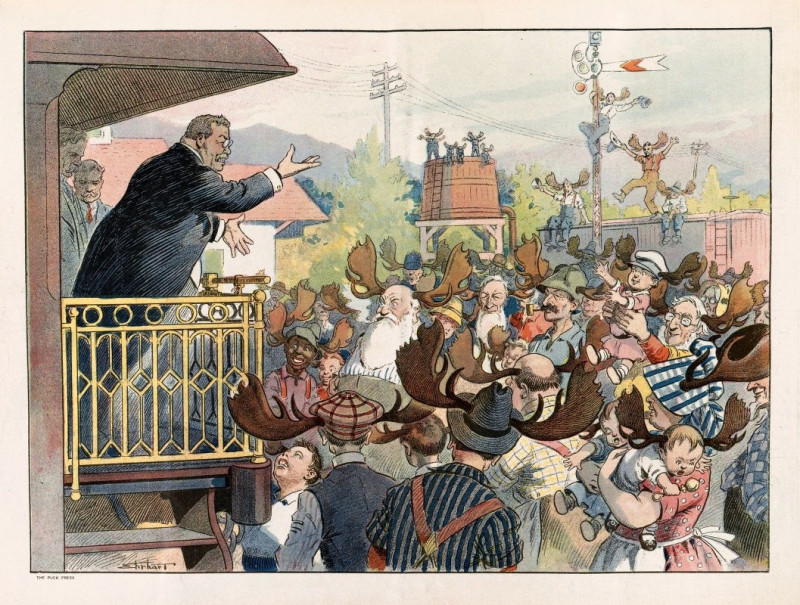
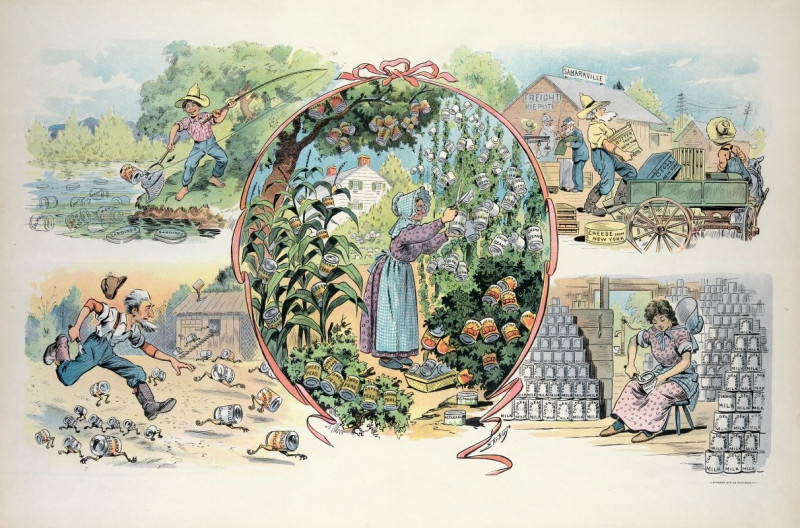
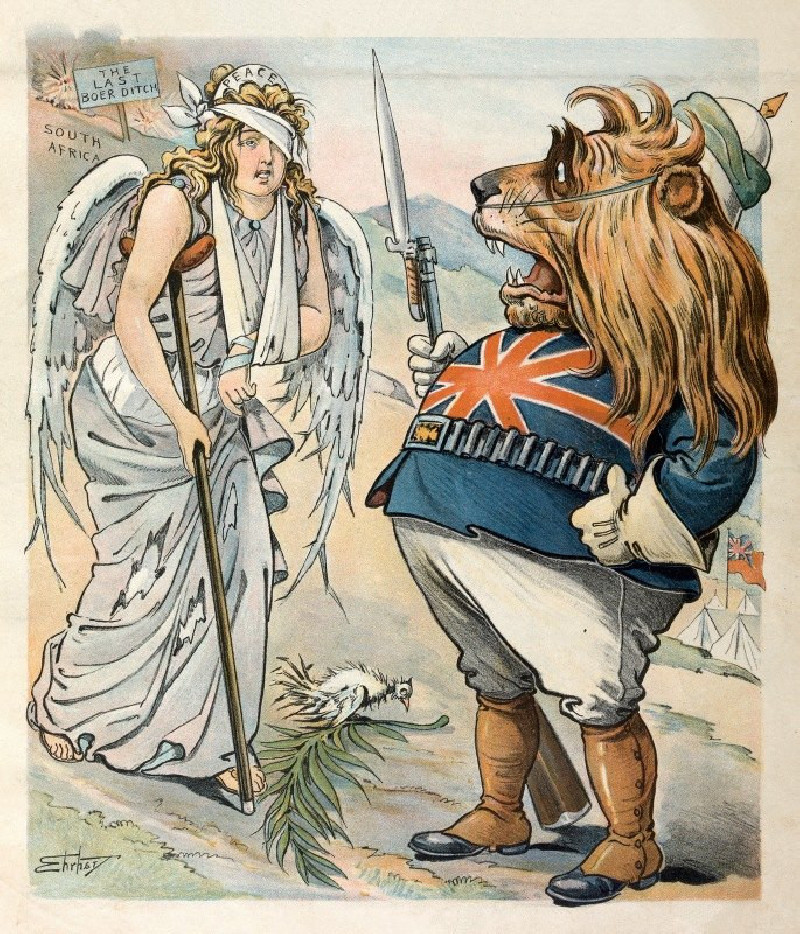
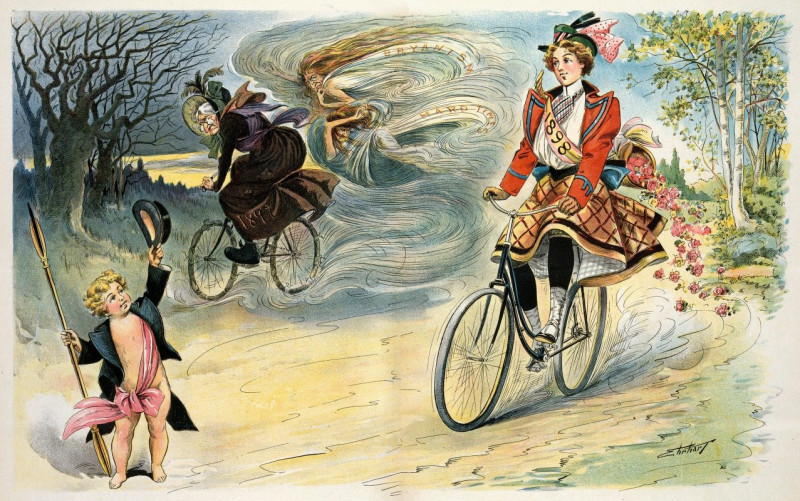
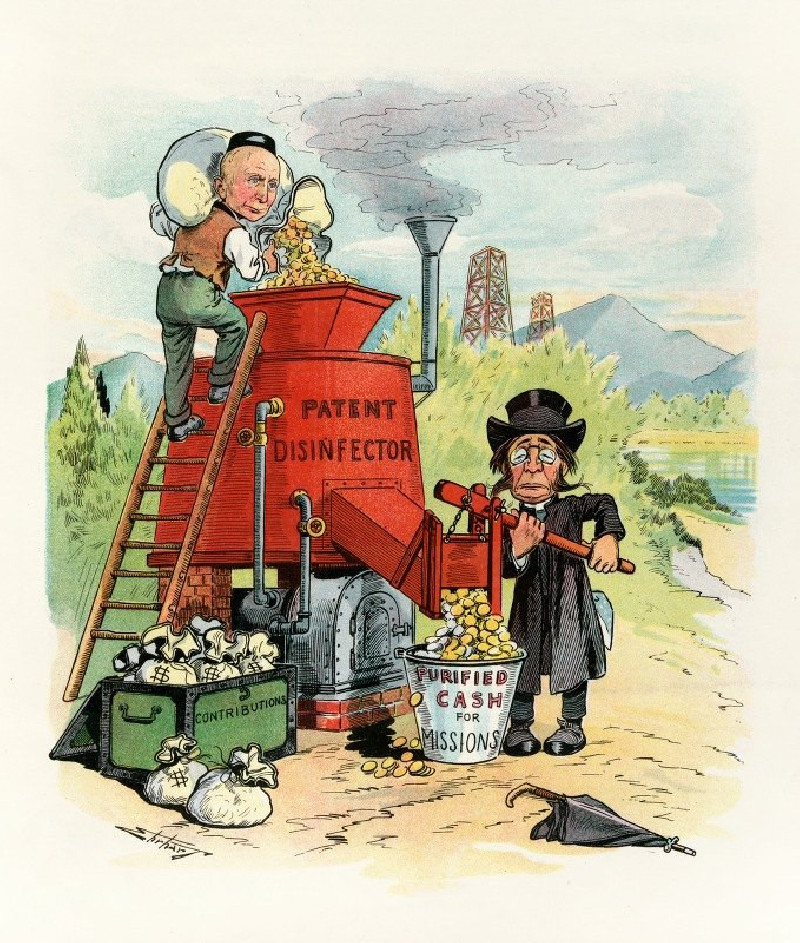
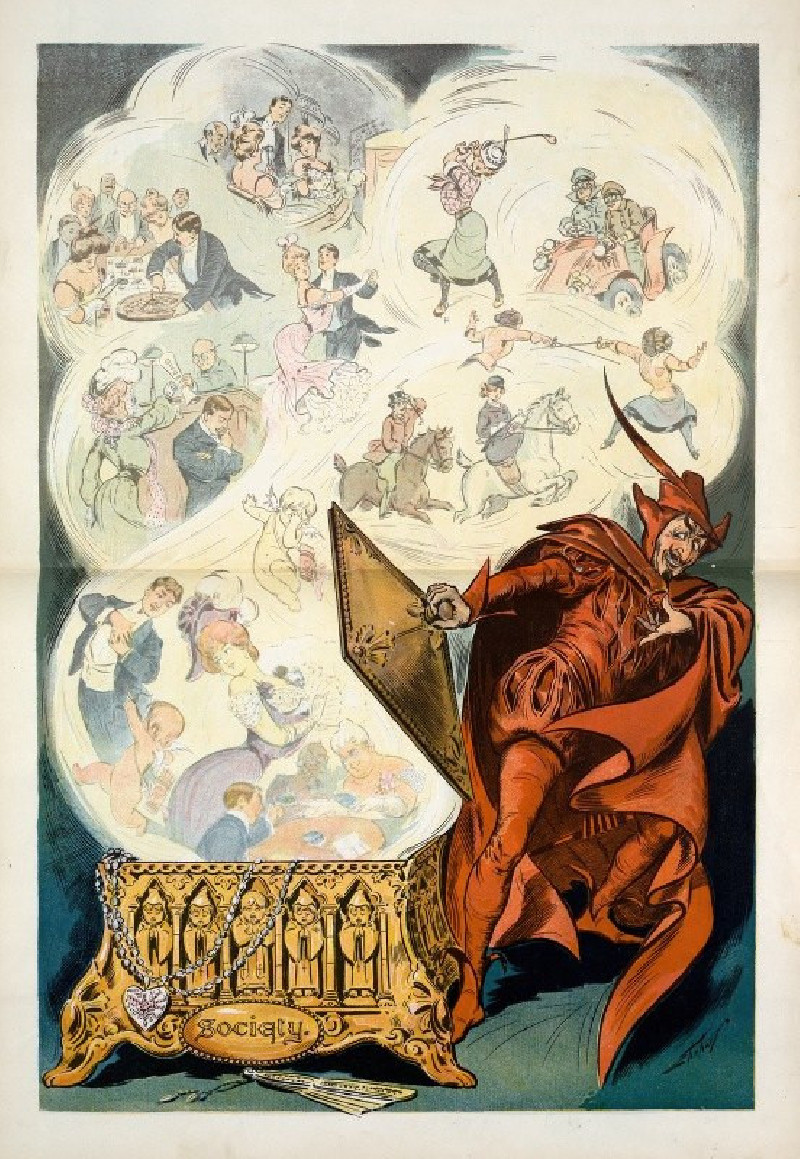
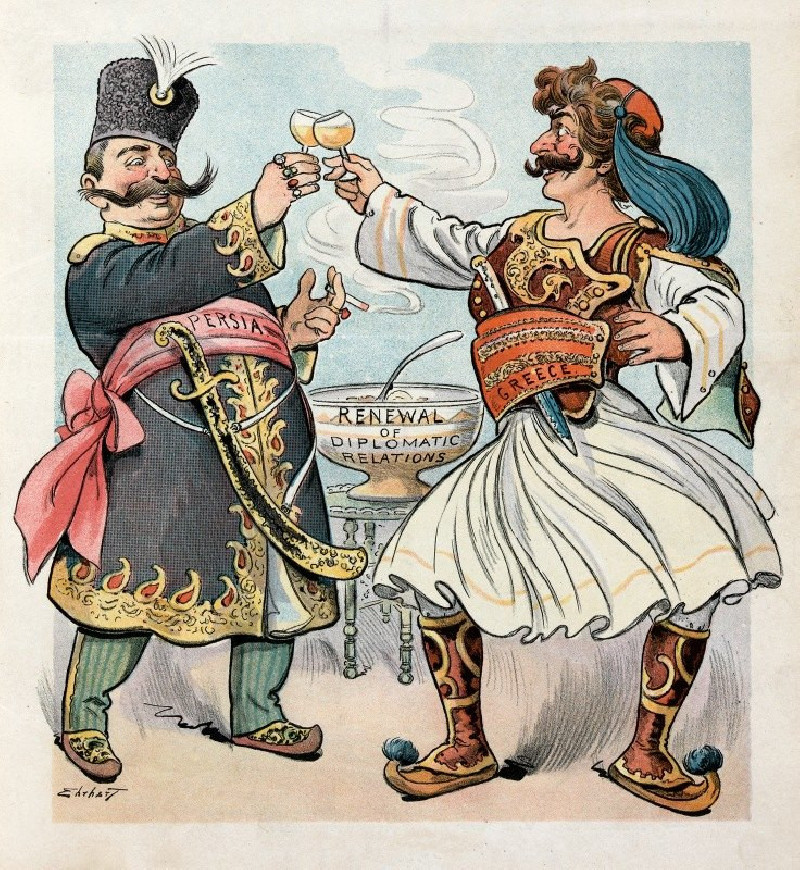
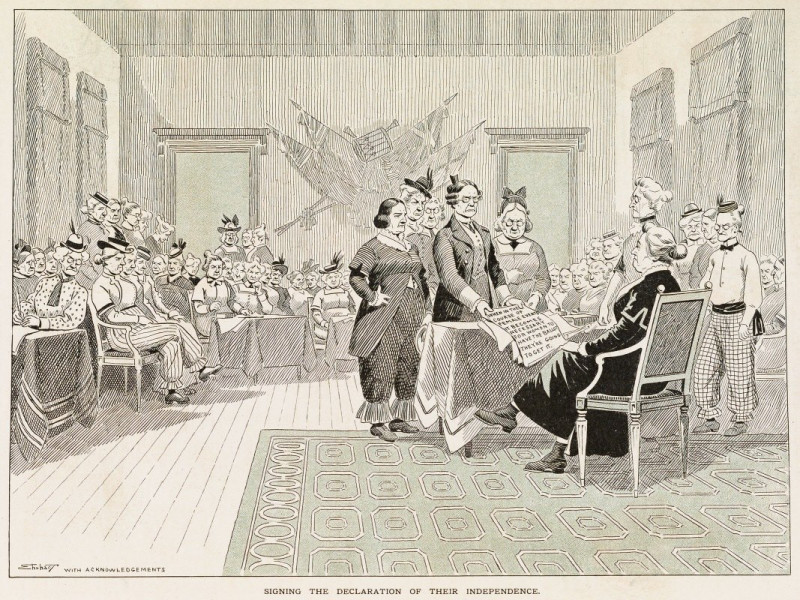
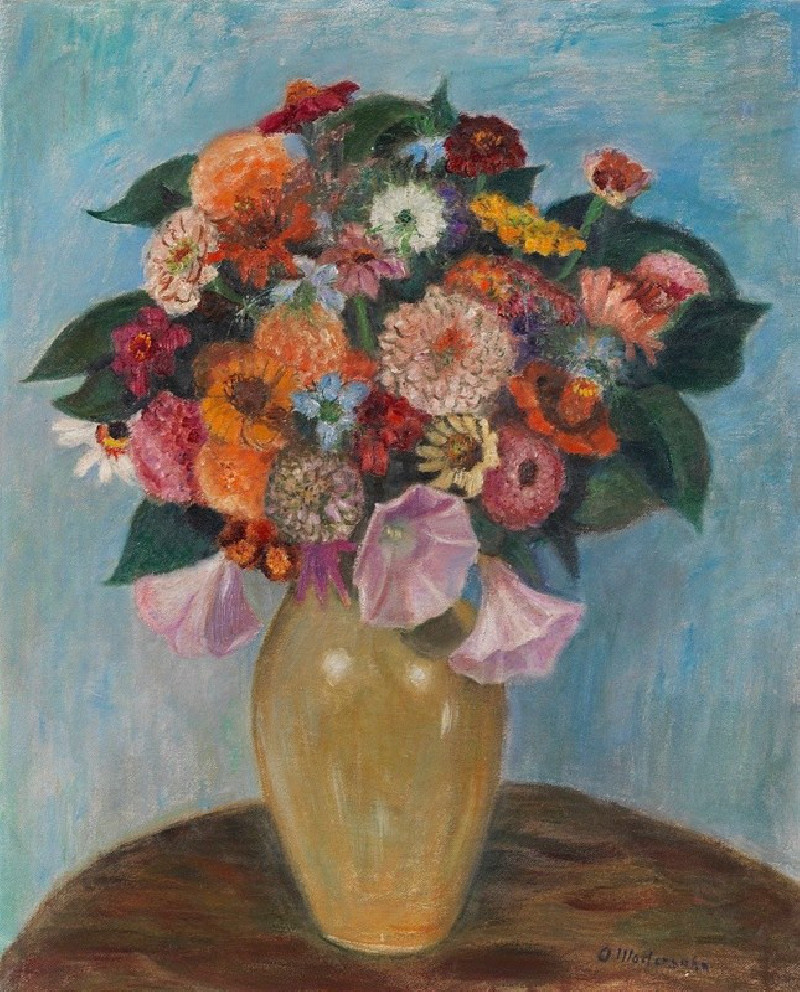
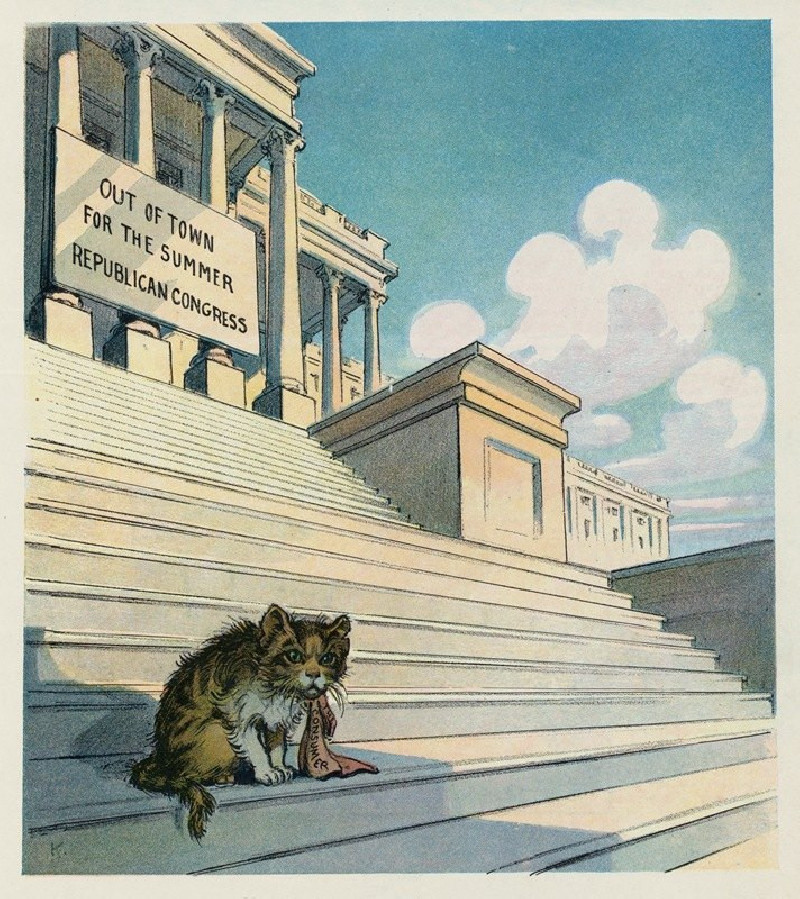
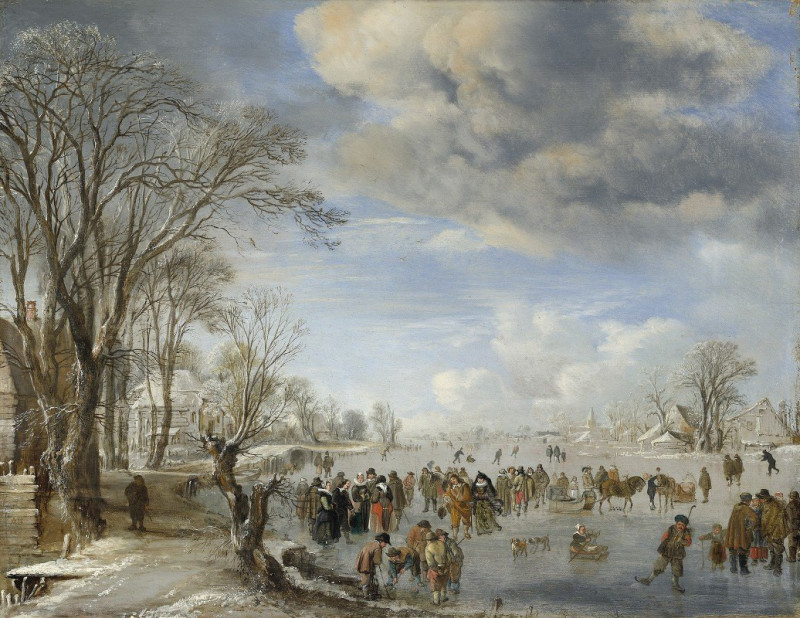


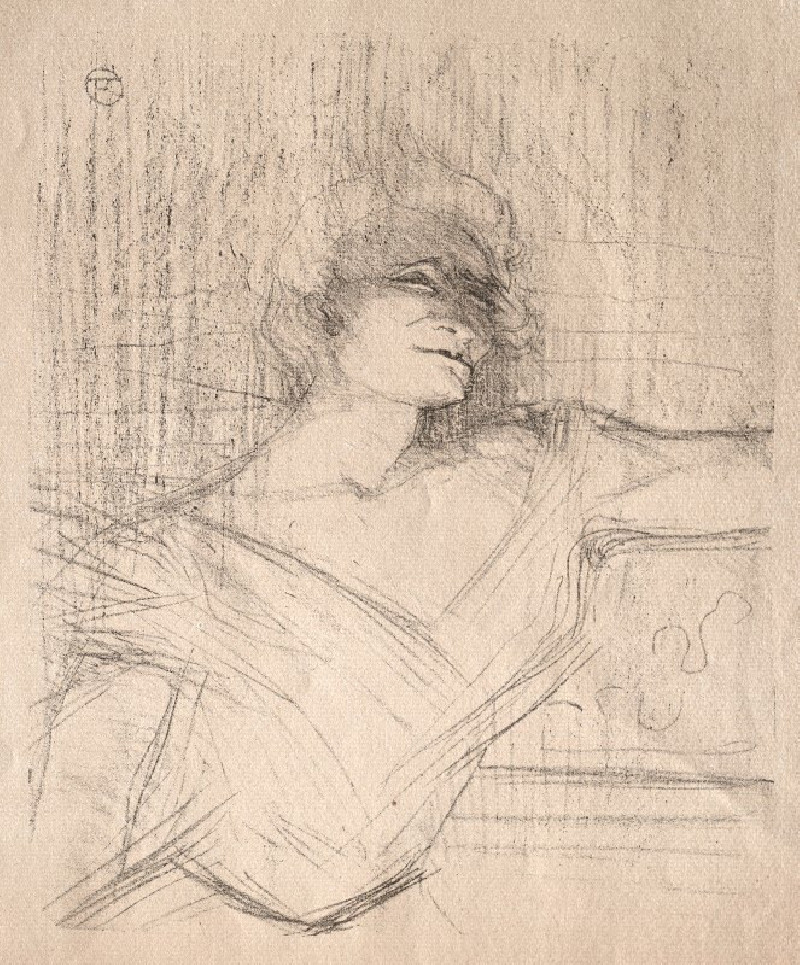
![Where There’s a Will There’s a Way [A Way of Flying] (Donde Hay Ganas Hay Maña [Modo de Volar]) (ca. 1813-1820) reproduction ...](https://reprodukcijos.lt/37196-large_default/reproduction-of-where-theres-a-will-theres-a-way-a-way-of-flying-donde-hay-ganas-hay-mana-modo-de-volar-ca-1813-1820.jpg)
